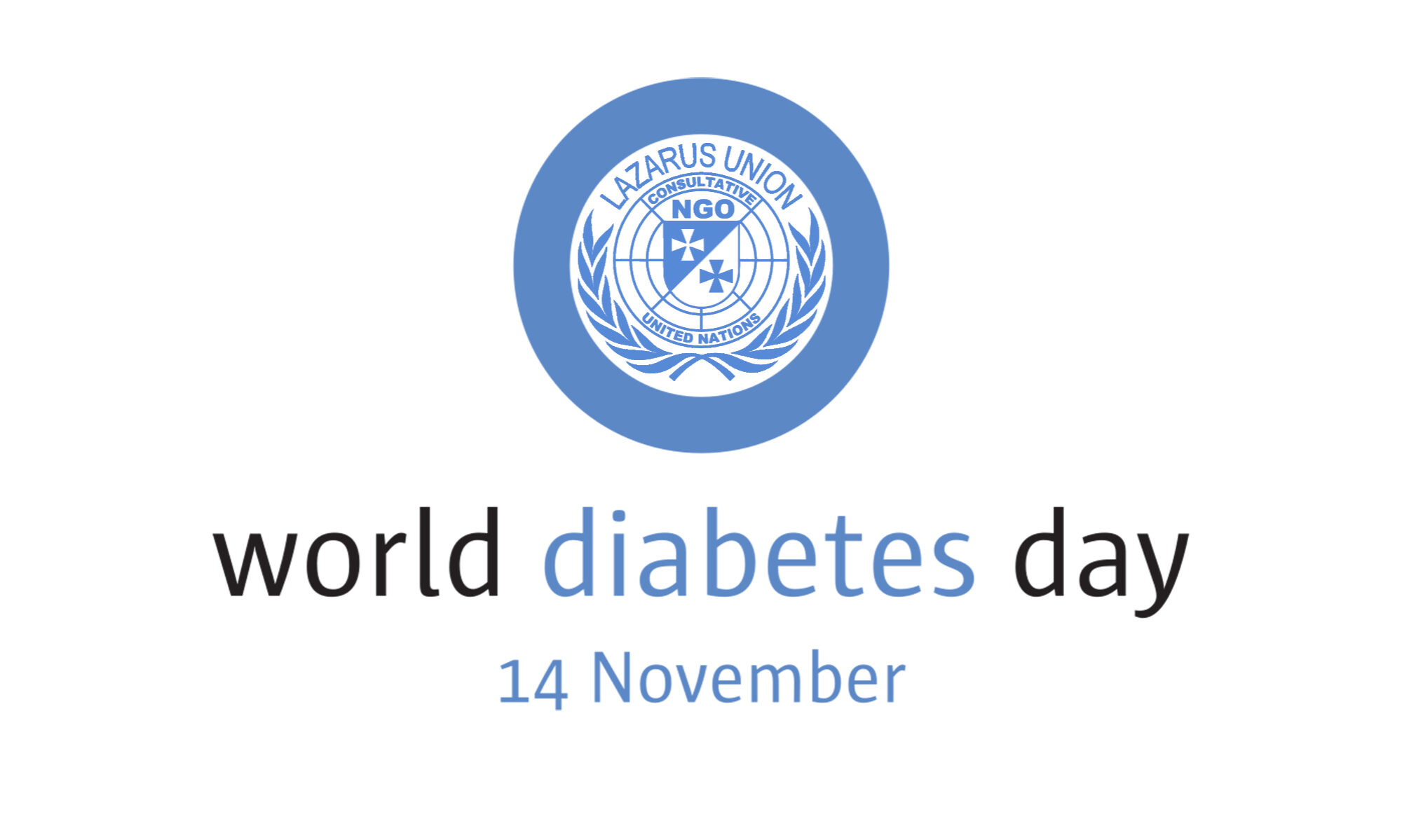World Diabetes Day is an annual observance held on November 14th each year. It was introduced in 1991 by the International Diabetes Federation (IDF) and the World Health Organization (WHO) in response to the escalating health threat posed by diabetes worldwide.
The primary aim of World Diabetes Day is to raise awareness about diabetes, its risk factors, prevention, and the importance of early diagnosis and appropriate management. Diabetes is a chronic condition characterized by elevated blood sugar levels, which can lead to various complications if not responsibly managed. There are two main types of diabetes: type 1 diabetes, which is typically diagnosed in childhood, and type 2 diabetes, which is more common in adults and is often associated with lifestyle factors such as obesity and physical inactivity.
On World Diabetes Day, various events, campaigns, and activities are organized globally to increase public understanding of diabetes and advocate for improved care and access to treatment for those affected. Governments, healthcare organizations, and diabetes associations use this day as an opportunity to promote diabetes education, healthy living, and efforts to combat the condition.
The symbol for World Diabetes Day is a blue circle, which represents unity and the global fight against diabetes. Landmarks and buildings around the world are often illuminated in blue to show support for the campaign.
World Diabetes Day serves as an essential platform to rally together individuals, healthcare professionals, and policymakers in their efforts to reduce the impact of diabetes and its associated complications on the global population.
